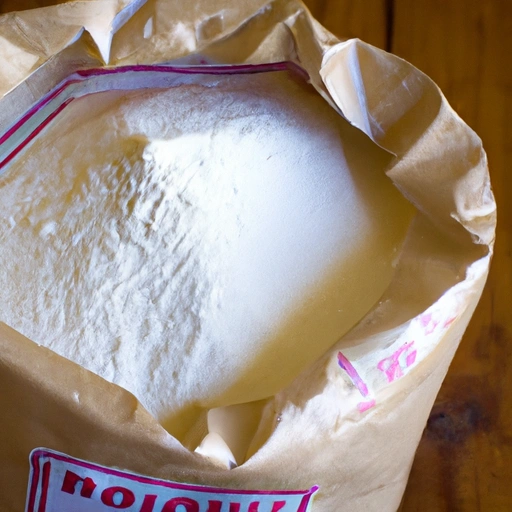Sorghum Flour
Description

Sorghum flour is a gluten-free flour made from the ground grains of the sorghum plant. Often used as a wheat flour alternative, it is popular among those with gluten intolerance or those seeking a nutritious addition to their diet. Its mild, slightly sweet flavor makes it a versatile ingredient in a variety of dishes.
Common uses
Sorghum flour is often used as a gluten-free alternative to wheat flour in baking. It can be used to make bread, cakes, cookies, and other baked goods. It is also used as a thickener in soups and sauces.
Nutritional value
Calories
Approximately 359 kcal per 100 grams (roughly 3.5 oz).
Protein
Contains about 8 grams of protein per 100 grams (3.5 oz).
Fat
Low in fat, with around 3.3 grams per 100 grams (3.5 oz).
Carbohydrates
High in carbohydrates, with about 77 grams per 100 grams (3.5 oz).
Vitamins
Contains B vitamins, including niacin (B3), riboflavin (B2), and thiamine (B1).
Minerals
Rich in minerals like phosphorus, potassium, magnesium, and iron.
Health benefits
Sorghum flour is known for being gluten-free, making it a safe choice for individuals with celiac disease or gluten sensitivity. Its high fiber content promotes digestive health, while the presence of antioxidants may help reduce inflammation and lower the risk of chronic diseases.
Potential risks
While sorghum flour is generally considered safe for consumption, individuals with a specific allergy to sorghum should avoid it. As with any high-fiber food, excessive consumption may lead to gastrointestinal discomfort.
Common recipes
Used in recipes like gluten-free bread, pancakes, muffins, and pizza crusts.
Cooking methods
Can be baked, steamed, or used as a batter for frying.
Pairing with other ingredients
Works well with both sweet and savory flavors, pairing particularly well with fruits, nuts, and spices.
Summary
Sorghum flour is a nutritious, gluten-free alternative to traditional wheat flour. It is high in carbohydrates and fiber, contains valuable vitamins and minerals, and offers various health benefits. It can be used in a wide range of recipes and cooking methods, making it a versatile ingredient for global kitchens.